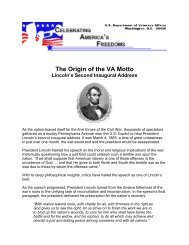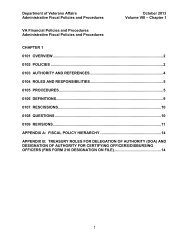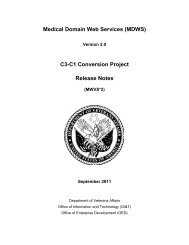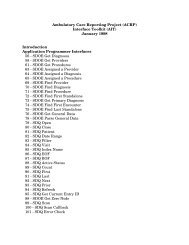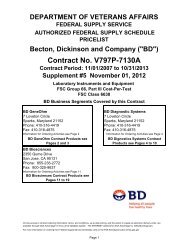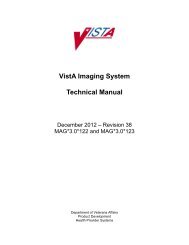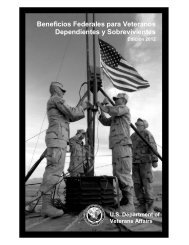Optimal Temperature for Cardioplegia During Coronary Artery ...
Optimal Temperature for Cardioplegia During Coronary Artery ...
Optimal Temperature for Cardioplegia During Coronary Artery ...
Create successful ePaper yourself
Turn your PDF publications into a flip-book with our unique Google optimized e-Paper software.
OPTIMAL TEMPERATURE FOR CARDIOPLEGIA FINAL REPORT<br />
Engelman, 1996 Total subjects: 130<br />
• Cold (20°C) (n = 37)<br />
• Tepid (32°C) (n = 50)<br />
• Warm (37°C) (n = 43)<br />
All received antegrade/retrograde blood<br />
cardioplegia with 4:1 blood:crystalloid solution,<br />
interrupted as needed <strong>for</strong> visualization, but never<br />
interrupted <strong>for</strong> more than 10 minutes at any one<br />
time<br />
Kaukoranta, 1995 Total subjects: 101 elective CABG <strong>for</strong> severe<br />
disease:<br />
• Retrograde warm (37°C)<br />
• Retrograde mild hypothermic (28-29°C)<br />
• Short intermissions to cardioplegia during<br />
construction of distal anastomoses allowed<br />
• Groups were comparable pre- and intra-operatively<br />
• Smallest volume of cardioplegic solution administered in cold group (significant difference cold vs tepid,<br />
NS, cold vs warm)<br />
• No peri-operative or late mortality in any group<br />
Cold group:<br />
• Longer duration of intubation, significantly higher peak post-operative creatine kinase-MB level than<br />
warm group<br />
• Included highest mean weight gain, longest mean duration of intubation, and longest mean postoperative<br />
LOS (reflecting longer ICU stays necessitated by hypothermia<br />
• Mean blood loss least, but NS<br />
• No patient required re-operation due to bleeding<br />
• Significantly higher prevalence of abnormal neurologic examinations prompting CT scanning<br />
Warm group:<br />
• Least CK-MB generation<br />
• Lowest inotrope use, but differences among groups NS<br />
• Use of intra-aortic balloon at any time highest<br />
Conclusions:<br />
• Any profound difference of temperature on myocardial preservation was not apparent<br />
• Myocardial and cardioplegic solution temperatures had no dramatic effect on prevalence of<br />
arrhythmias (atrial or ventricular), and do not deserve to dictate a specific perfusion temperature<br />
• Short period in ICU can be most easily accomplished if significant hypothermia is avoided<br />
• Reduced intubation time is temperature dependent and significantly longer post-operative LOS<br />
is associated with hypothermic perfusion<br />
Similar between groups:<br />
• Clinical characteristics<br />
• <strong>Cardioplegia</strong> delivery rates<br />
• Aortic cross-clamp and CPB times<br />
• Number of distal anastomoses<br />
Mild hypothermia group:<br />
• Lower myocardial oxygen consumption at 30 minutes of cross-clamping<br />
• Smaller transcardiac pH difference<br />
Normothermic group:<br />
• Higher postoperative creatine kinase-MB levels<br />
• Higher heart rate<br />
• Smaller left ventricular stroke work index<br />
• Otherwise no major differences between groups including postoperative complications<br />
Conclusions:<br />
• Mild hypothermia provided somewhat better myocardial protection under the conditions of this<br />
study<br />
• Effects of different cardioplegia temperatures should be tested in patients with recent MI,<br />
unstable angina, severely depressed left ventricular function<br />
VA OPCS Technology Assessment Program http://www.va.gov/vatap 14





